Festival de la culture royale (궁중문화축전)
1.9Km 2024-07-18
161, Sajik-ro, Jongno-gu, Seoul
+82-2-3210-4684
Le festival de la culture royale a lieu dans les 5 palais du pays et dans le sanctuaire de Jongmyo. Organisé depuis 2014 entre la fin avril et le début du mois de mai, les visiteurs ont ici l'occasion d'apprécier des programmes originaux en rapport avec la culture traditionnelle et royale de Corée dans les différents palais de Séoul tout en profitant du temps clément du printemps. Le festival est désormais organisé deux fois par an, au printemps et en automne.
Palais Gyeongbokgung (경복궁)
1.9Km 2024-06-04
161, Sajik-ro, Jongno-gu, Seoul
+82-2-3700-3900
Yi Seong-gye (1335-1408), le fondateur de la dynastie Joseon, déplaça la capitale à Hanyang (l’ancien nom de Séoul) et construisit Gyeongbokgung, le premier palace de la dynastie. Terminé en 1395, Gyeongbokgung fut le premier palais royal où le roi non seulement résidait mais aussi dirigeait le pays. Edifié sur les principes du feng shui de l’époque, le site choisi était entouré des montagnes Bugaksan, Namsan, Inwangsan et Naksan. Le palais est exposé au sud pour bénéficier de la plus longue exposition au soleil avec les montagnes derrière qui bloquent les vents froids du Nord.
En tant que palais royal, son architecture représente ce qui se faisait de mieux à l’époque. La porte Gwanghwamun, la porte Heungnyemun et le hall du trône Geunjeongjeon furent construit dans un style grandiose pour représenter la dignité et l’honneur de la nation.
La palais Gyeongbokgung possède de nombreux atouts culturels : ses murs en pierre, ses toits et ses statues Haetae reflètent le degré d’avancement architectural de la dynastie Joseon. Le pavillon Gyeonghoeru (où se tenaient des banquets pour les délégations étrangères et pour le roi et ses dignitaires) et le bassin Hyangwonjeong (un endroit pour la détente) sont considérés comme les plus beaux exemples du genre en Corée.
Ne manquez pas de visiter le Musée national folklorique situé à proximité après votre visite du palais (entrée gratuite).
Fat Grandma's Place (뚱뚱이할머니집)
1.9Km 2016-09-05
174-1, Jangchungdan-ro, Jung-gu, Seoul-si
+82-2-2273-5320 / 2279-2714
An elderly lady with fine wrinkles is still in charge of creating the captivating taste of jokbal (steamed pork hock). Originally, the restaurant did not have a name, but customers referred to it as the “Fat Grandma’s Place.” Sure enough, as you enter the restaurant, you will notice a plump, elderly lady with silver hair sitting at the counter. The place is well known for jokbal with an exquisite combination of rich meat and soft fat. Three or four ingredients, including ginger, are added to the simmering broth to eliminate the strong meat smell. When you order a small serving, you are served radish “water” kimchi as well as two small bindaetteok free. You can order additional bindaetteok too, three for 5,000 won. When you order a large serving, you are served four free bindaetteok. Many customers order jaengbanguksu (spicy buckwheat noodles), which goes perfectly with jokbal.
Ssaenggwabang à Gyeongbokgung (경복궁 생과방)
1.9Km 2021-05-07
Seoul, Jongno-gu, Sajik-ro 161, Gyeongbokgung
02-3210-4807, 02-3210-3506
Le programme de la chambre 'ssaenggwabang' à Gyeongbokgung désigne un espace permettant de profiter des mets typiques de la royauté en Corée.
Promenade à la lueur de la lune à Gyeongbokgung (경복궁 별빛야행)
1.9Km 2023-09-12
161, Sajik-ro, Jongno-gu, Seoul
1522-2295
Profitez de cet événement pour découvrir ce haut du patrimoine culturel en Corée dans une nuit d'automne. Profitez de divers programmes comme des concerts de musique traditionnelle, des dégustations de plats traditionnels, des visites guidées, etc.
Wonjo 1ho Jangchungdong Halmeonijip(원조1호장충동할머니집)
2.0Km 2020-11-17
174, Jangchungdan-ro, Jung-gu, Seoul
+82-2-2279-9979, +82-2-2275-1064
Following his mother’s footsteps, the son of the previous owner is now managing the family business. Opened during the early years of Jokbal Street, the delicious meat at this restaurant is fondly remembered by customers. While the meat itself has almost no fat, the fat portion is extremely soft and savory. This restaurant is also different from the others in that it provides kongnamul-guk (bean sprout soup) with the jokbal (steamed pork hock). Pyeongyang-style naengmyeon (cold noodles) and tteok-mandu-guk (rice cake-dumpling soup) are also delicious. Pyeongyang naengmyeon is cooked to suit South Korean tastebuds. Besides, the noodles and dumplings are hand-made. Despite the restaurants long history, the building of the restaurant is clean and well-maintained as it was being rebuilt after a fire in the 1980s. There are plenty of tables on the first and second floors to accommodate customers, and the third floor is reserved for large groups. Especially noticeable is the clean appearance both inside and out, despite the restaurant’s long history; probably because the building was rebuilt after a fire in the 1980s. Plenty of tables on the first and second floors accommodate customers, and the third floor is reserved for large groups.
The Place Seoul (traditional Korean-style guesthouse) [Korea Quality] / 멀티스페이스 곳 [한국관광 품질인증]
2.0Km 2019-12-05
52-11, Gyedong-gil, Jongno-gu, Seoul
+82-10-3255-1289
“The Place Seoul” is located in a small alley in Gyedong-gil, Jongno-gu, Seoul. It is a guesthouse made by remodeling an 80-year-old traditional Korean house. The ondol room furnished with traditional beddings is popular not only among foreigners but also among Koreans due to its special ambience. The ceiling of the room dates back to 80 years ago. The rafter put on the roof at the time of construction of the house shows the antiqueness of the house. The toenmaru (a narrow wooden porch running along the outside of a room) that comes alive with the frequent coming and going of people adds to the ambience of the traditional Korean house, with the Sansuyu (corni) tree and vegetable garden beside the Korean-style house creating a leisurely atmosphere.
Beyond being a mere place to sleep in, “The Place Seoul” aims to be a composite cultural space whose motto is “the place to fill.” A simple wedding or a small-scale performance is held in the garden during the day. The rooms can be rented for small meetings.
“The Place Seoul” sponsors “WWOOF KOREA,” an NGO promoting environment-friendly agriculture as well as the right dietary life, “Slow Food Korea,” and “Slow Box.” As such, the place serves a special healthy breakfast consisting of homemade bread, handmade yogurt, and organic fruits and vegetables. In addition, the toilet paper, detergent, shampoo, etc. provided are all environment-friendly products.
“The Place Seoul” is located on Gyedong-gil Road, a famous tourist attraction in Seoul. It offers easy access to Bukchon Hanok Village, which is on the other side of the Gyedong-gil alley, as well as other major tourist attractions within walking distance including Changdeokgung Palace, Gyeongbokgung Palace, Samcheong-dong, and Insa-dong. The convenient location of “The Place Seoul” makes it easy to tour downtown Seoul.
Nanta à Chungjeongno (난타 - 충정로)
2.0Km 2019-01-16
Chungjeongno 7, Seodaemun-gu, Séoul
+82-2-739-8288
Nanta est un spectacle familial plein de dynamisme qui transforme les couteaux, les planches à découper et les autres ustensiles de cuisine en instruments à percussion pas comme les autres ! Depuis sa première représentation en octobre 1997, Nanta a reçu un accueil très chaleureux et c’est le spectacle qui a attiré le plus grand nombre de spectateurs dans l’histoire de la Corée. Ses débuts internationaux au festival Fringe d’Edimbourg en 1999 ont également été couronnés de succès. En février 2004, c’était le premier spectacle asiatique à être représenté à Broadway, ce qui a définitivement établi sa réputation dans le monde du spectacle coréen. A présent, ce sont quelques 6 400 000 spectateurs du monde entier qui ont pu apprécier ce spectacle, et Nanta vise à devenir un spectacle permanent à Séoul. Le spectacle attire 680 000 spectateurs étrangers par an, et a été reçu le prix du programme d’excellence en 2009.
Pyeongando Jokbal (평안도족발집)
2.0Km 2021-03-30
174-6, Jangchungdan-ro, Jung-gu, Seoul
+82-2-2279-9759
Pyeongando Jokbal has a history of over 50 years, and is very popular among all the jokbal (pig's trotter) restaurants in the Jangchung-dong Jokbal Street area. The taste is outstanding, making this hard-to-find restauant a favorite among jokbal lovers.
Chebudong Janchijip Dwaejigalbi (체부동잔치집돼지갈비)
2.0Km 2021-03-18
24, Jahamun-ro, 1-gil, Jongno-gu, Seoul
+82-2-722-3555
This is a Korean cuisine located in Jongno-gu, Seoul. The best menu at this restaurant is marinated grilled spareribs. A Korean BBQ restaurant.
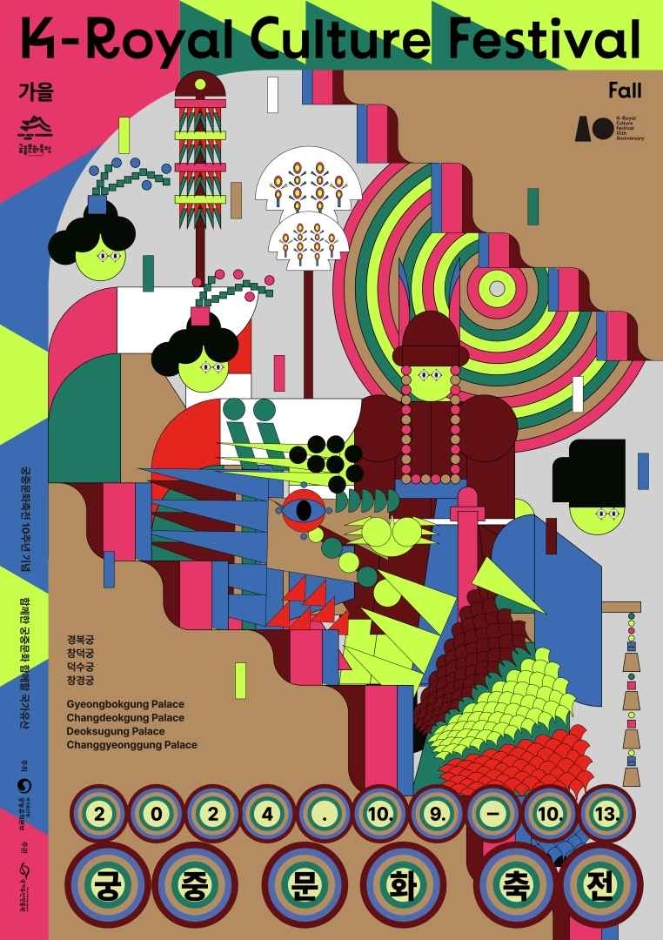
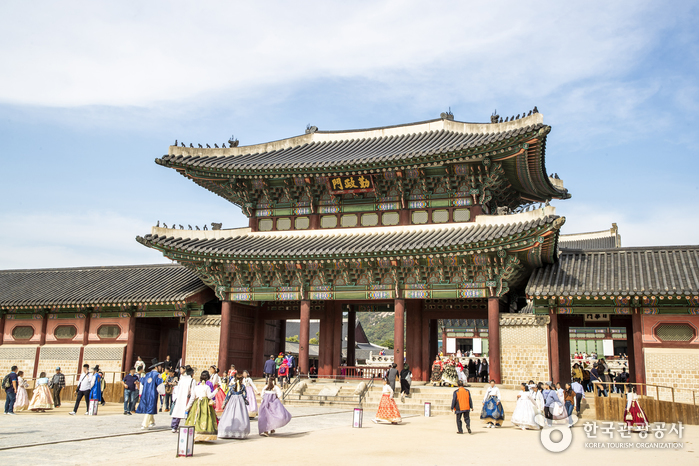
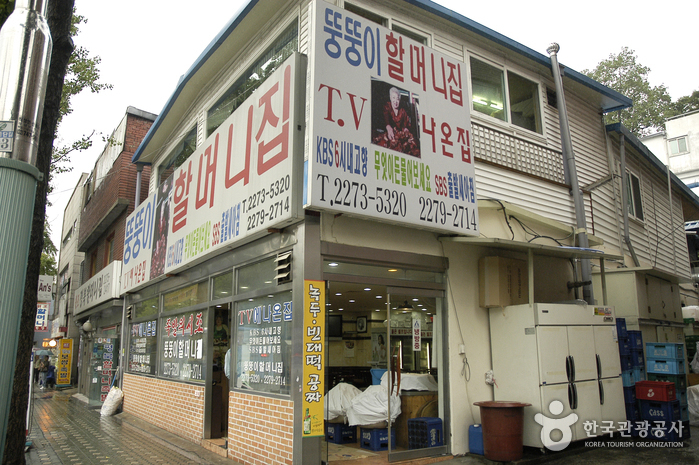
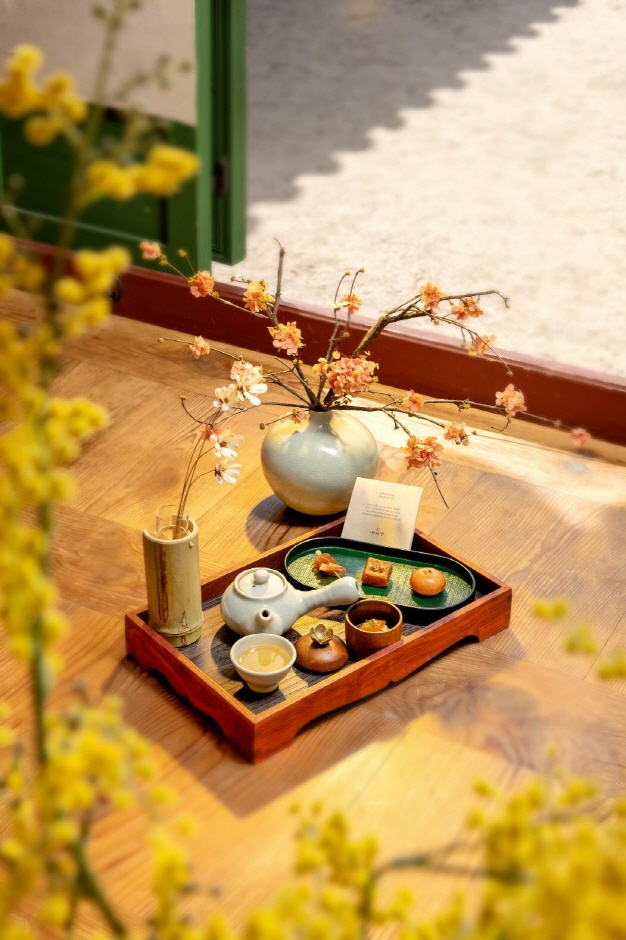
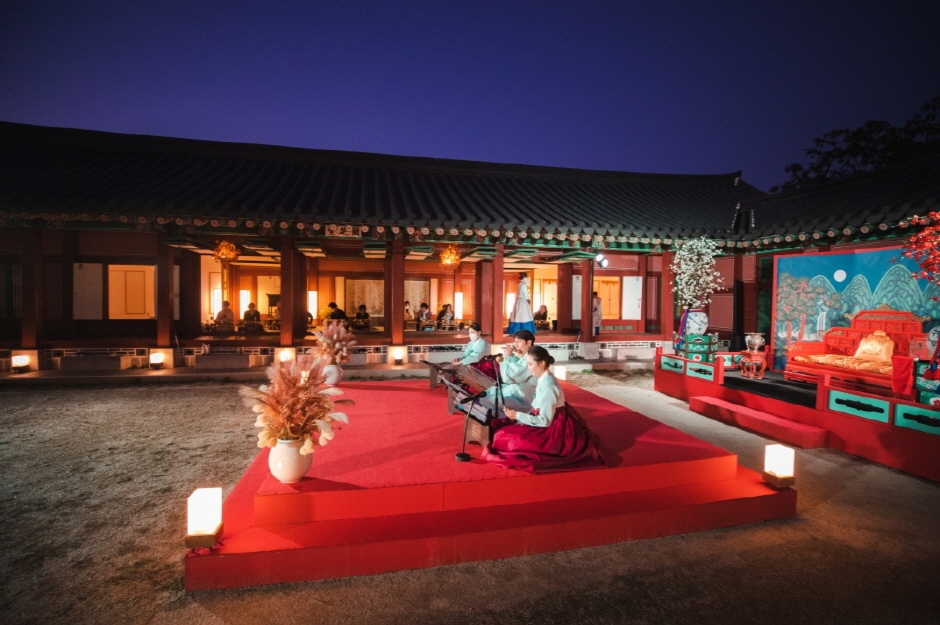
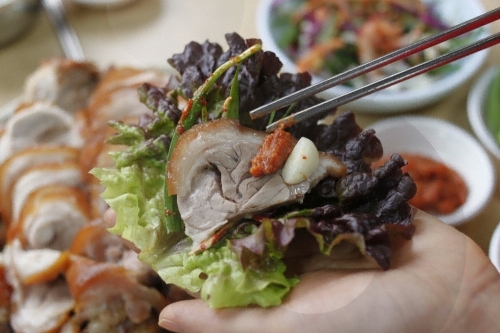
![The Place Seoul (traditional Korean-style guesthouse) [Korea Quality] / 멀티스페이스 곳 [한국관광 품질인증]](http://tong.visitkorea.or.kr/cms/resource/68/2631068_image2_1.jpg)
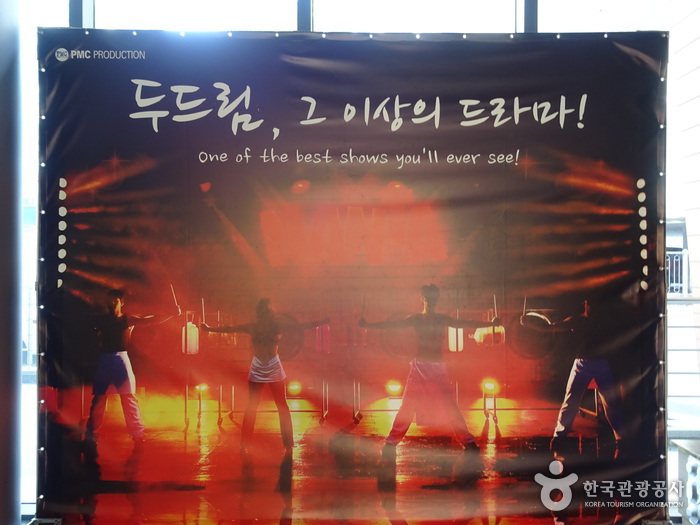
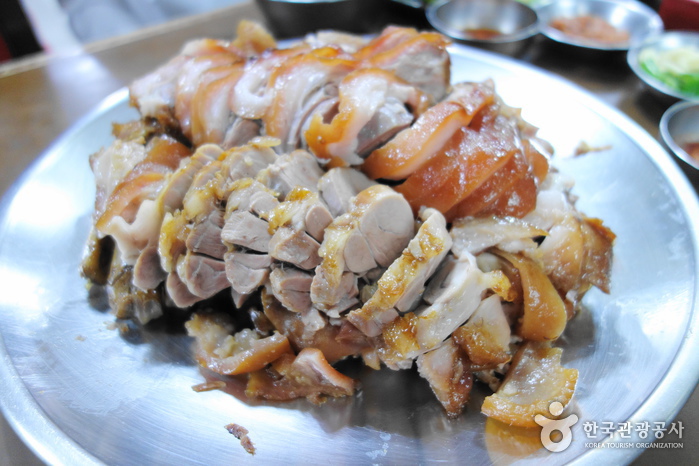
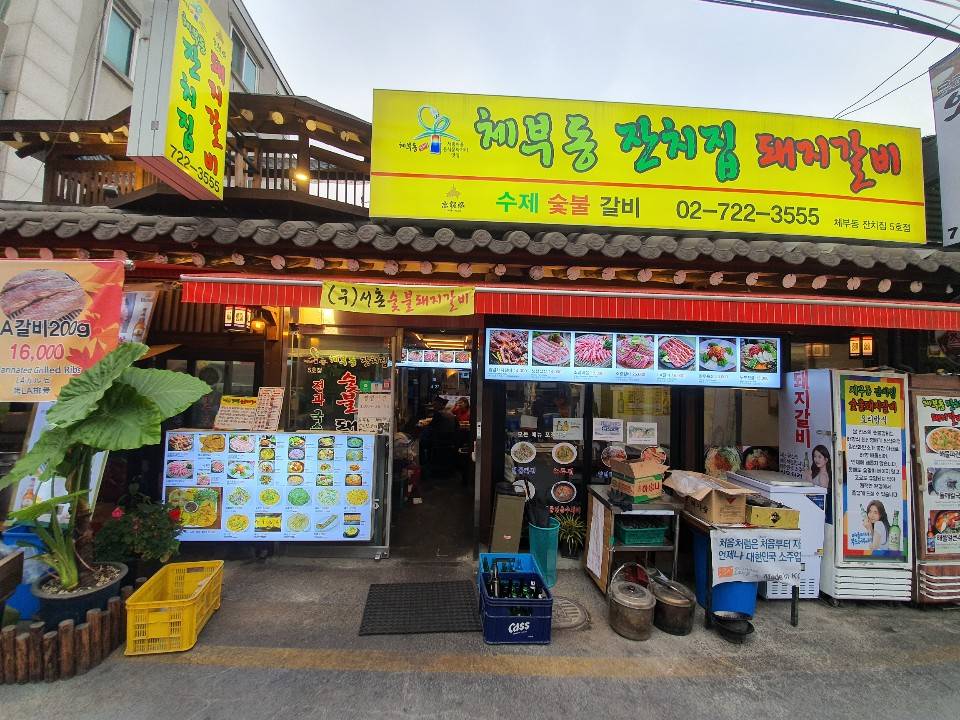
 Français
Français
 한국어
한국어 English
English 日本語
日本語 中文(简体)
中文(简体) Deutsch
Deutsch Español
Español Русский
Русский